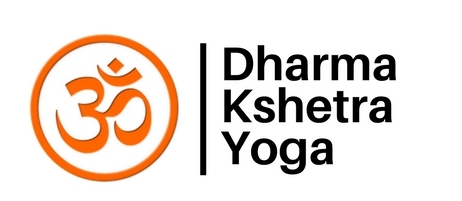When it comes down to it, all we really have in this life is our breath. Change is always happening: sometimes in subtle ways, sometimes in dramatic ways; sometimes in delightful ways, sometimes in painful ways. Regardless of what is happening in our lives, the breath can support us, guide us, and nourish us.
Cathy practicing the yoga technique Nadi Shodhana (alternate nostril breath)
Breath carries prana, life force energy, and it is through the breath that we enliven our bodies, minds, and spirit. Yoga says that life is meant to be joy-full, that our true nature is bliss-full. Through yogic practices such as pranayama, meditation, and mudra (hand gestures), we can access the power of respiration to support ourselves on every level. Ideally, these practices are readily accessible so we can practice them when we need them in the moment as well as “on the mat.”
Here are five practices that can help you foster that state of well-being while reaping the benefits of better breathing:
1) Natural breath awareness. Used as a primary form of meditation in many traditions, natural breath awareness is both one of the simplest and one of the most challenging practices in all of yoga. “All you do” is become and stay present with the spontaneous in-going and out-going breath... until the thoughts arise - what’s that noise? what’s next on my schedule? - and you find yourself wrapped up in your everyday concerns. Having a teacher provide prompts and gently guide your attention back can help you develop a strong foundation for success in this amazingly accessible technique.
2) Full yogic breath. Also known as “three-part breath” or “dirgha pranayama,” this fundamental technique involves filling and emptying all the lobes of the lungs, helping lung tissue and the ribs maintain healthy elasticity. It also slows and deepens the breath, helping to regulate blood pressure and stress hormone levels while producing a feeling of calm. We use awareness of the entire torso to develop this breath. One method involves first directing the inhalation down toward the belly, then expanding breath into the chest, and then filling the upper lung region behind the collarbones; then exhaling and releasing the breath from behind the collarbones, then the chest, and lastly the belly. Variations on full yogic breathing can alter how calming to energizing the overall effects are, which can help us better manage the ups and downs of life we all experience.
3) Humming breath (bhramari). Research shows that the simple act of humming can improve sinus ventilation and increase the amount of nitric oxide (a naturally occurring antimicrobial, antiviral and antifungal substance that also lowers blood pressure) in our bodies. Bhramari incorporates humming, mudra, and breath ratios that progress from a very easy, basic technique to a complex practice for advanced students.
4) Alternate nostril breathing (nadi shodhana). Having trouble sleeping? Mental alternate nostril breathing can be done in bed and help you drift off. It can also be added to a daily yoga practice to calm the mind and soothe the spirit. Recent studies also indicate it can decrease blood glucose levels, heart rate, and blood pressure. Alternate nostril breathing is considered one of the “complete practices” of yoga, meaning it can be used by beginners and developed to fully address every layer of our being.
5) Raised hands pose (hasta utthanasana). Raised hands pose mobilizes the ribs, encourages deeper breathing, and provides a perfect workday stress release. Simply lift the hands up front or out to the side as you breathe in and look up, then exhale as you lower the arms back down. 5 to 10 rounds at various times of the day will also help relieve tension in your back, shoulders, and neck. An experienced teacher can show you different movement variations and hand positions (mudra) that help you tailor the practice more fully for your needs.
The importance of, and fragility of, the breath has been underscored through the COVID-19 pandemic. Breathing practices like the ones above help us take charge of our physical and emotional health. We use these techniques ourselves and find them to work so well that we include them in our general and specialty group classes and workshops. We invite you to join us and explore these amazing, accessible yoga techniques more fully.
If you’d like to learn more about current research on breathing techniques:
Humming Greatly Increases Nasal Nitric Oxide
Humming and Bhramari Breath for Physical and Mental Wellness
Effect of Nadi Shodhana (Alternate Nostril Breath) on Blood Sugar, Heart Rate and Blood Pressure

